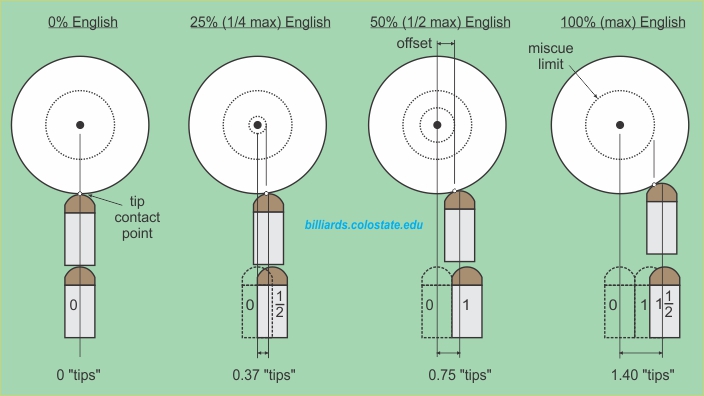So joe, just to see if we're on the same page... I get the idea that people shouldn't read those out-of-context quotes and become scared of inside. They need to get comfy with it and be able to use it at will, like it's not a big deal.
Would you say anyone should use inside strictly to make a ball, without any positional worries? (i.e. when the cue ball is not going to touch a rail?) Because I only use inside in 2 situations:
1. I'm gonna hit a rail and use inside to spin the CB along a desired path.
2. I can't quite hit the ball full enough and must throw it in
I can't imagine just making balls with inside in a game situation, when neither of those situations applies.
I've heard a few people say use inside on long thin cuts if you're just trying to make a tough shot, but I find I do best with center top for that.
I'm not Joe, but... there are some shots that have a wider margin of error with inside, specifically frozen object balls at certain angles if making the ball is the only concern are near impossible with outside, but have three different contacts styles with inside that still make the object ball.
There are also certain shots where i use inside for no other reason but to mitigate skid. I think once a player get comfy using inside, they see these shots as "the right way."
Freddie
Last edited:
